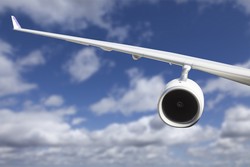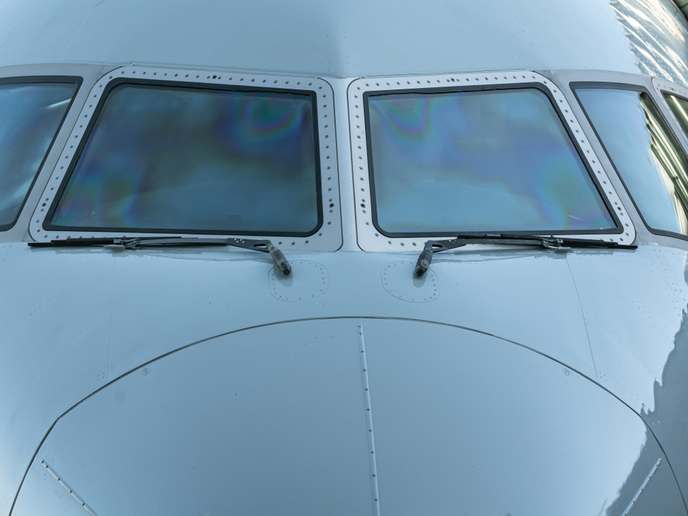Monitoring insect contamination on aircraft wings
To understand the typical level of contamination and minor damage to a wing leading edge during operation requires specific information. This includes improved data about the rate of insect or other contamination and its reliance on altitude, climatic zones, seasons and environment, as well as the cleaning impact of flight through rain or clouds. Existing technologies and solutions to set up sensors on the outer skin of a wing are costly, requiring an inboard data acquisition system, a power source from the aircraft, and much time and effort for both design and installation. To curb flight test costs and duration, the EU-funded OWACSA (Autonomous camera system validation and its installation on an in-service aircraft for leading edge photography) project set out to build a camera system for installation on an in-service aircraft that can view a large section of the wing leading edge. Project partners developed a system that has a separate power supply, combined with a control system that includes a camera and a data acquisition system. What is more, it can be quickly installed on the outer skin of a commercial aeroplane's fuselage. The compact and autonomous power supply camera takes high-resolution pictures with wireless downloading for up to 14 months. Automatic control system software identifies the flight and ground phases and their corresponding picture rates. An automatic wireless transfer process with a high data transfer rate needs only a few minutes to download three gigabytes of data. In addition, the system requires less time to install without needing to make permanent changes to aircraft structure. OWACSA introduced technology to carry out high quality camera recordings during regular commercial flights. Test engineers, programme managers and pilots all stand to benefit greatly from greater viewing area and depth of field, easy data access and improved measurement capabilities.







